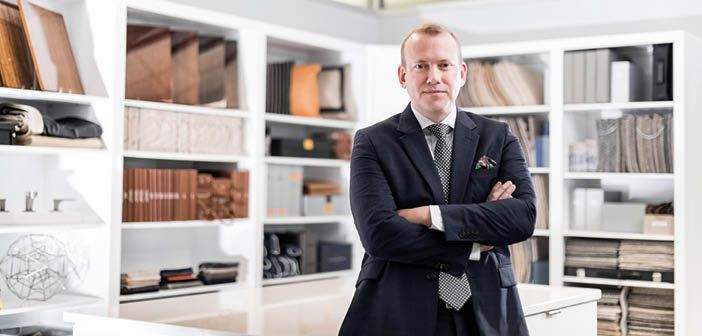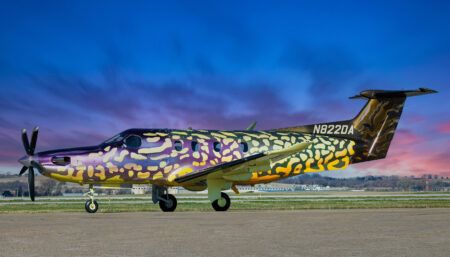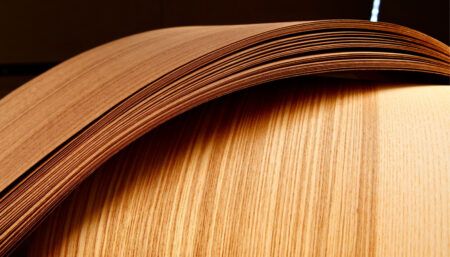Tray Crow, director of interior design at Gulfstream, discusses how environmental concerns influence cabin design
Is there growing interest in environmentally conscious materials and technologies?
Gulfstream customers frequently express interest in environmentally friendly aircraft operations and interior elements. Much of our focus on improving sustainability has been through the use of technology, both inside and outside the aircraft.
On the all-new G500 and G600 we have introduced a number of technologies that improve efficiencies. Inside the aircraft, the new data concentration network considerably reduces the amount of wiring required for the cabin, galley and flight deck systems to work. The new engines on these aircraft are also the most efficient in their class – the advanced technology in them results in lower fuel use throughout all phases of flight.
Where is demand coming from?
A significant number of Gulfstream’s customers are corporations, and we are seeing more and more companies around the world aligning their business jet operations with their corporate sustainability and responsibility goals.
What solutions do you offer?
We incorporate many renewable resources into our cabins, from the carpeting to the bulkheads, using wools, silks, cotton and some composite materials. The incorporation of composite materials also enhances some interior designs, thanks to the visual contrasts they provide.
Natural latex and composite veneers are also used in Gulfstream interiors and derived from renewable resources. A number of customers ask for composite veneers over natural logs; composites also create a more consistent look, with less variation in color and pattern.
In terms of lighting, LED technology is the primary choice in our cabins.
What other opportunities are there to investigate further?
We are always investigating new technologies and alternatives that incorporate sustainable materials and processes. Many of these opportunities inside the aircraft are in places that don’t always come to mind – those hidden areas behind the walls, under the floors and inside the furnishings.
This topic will be explored further in the October 2018 issue of Business Jet Interiors International





